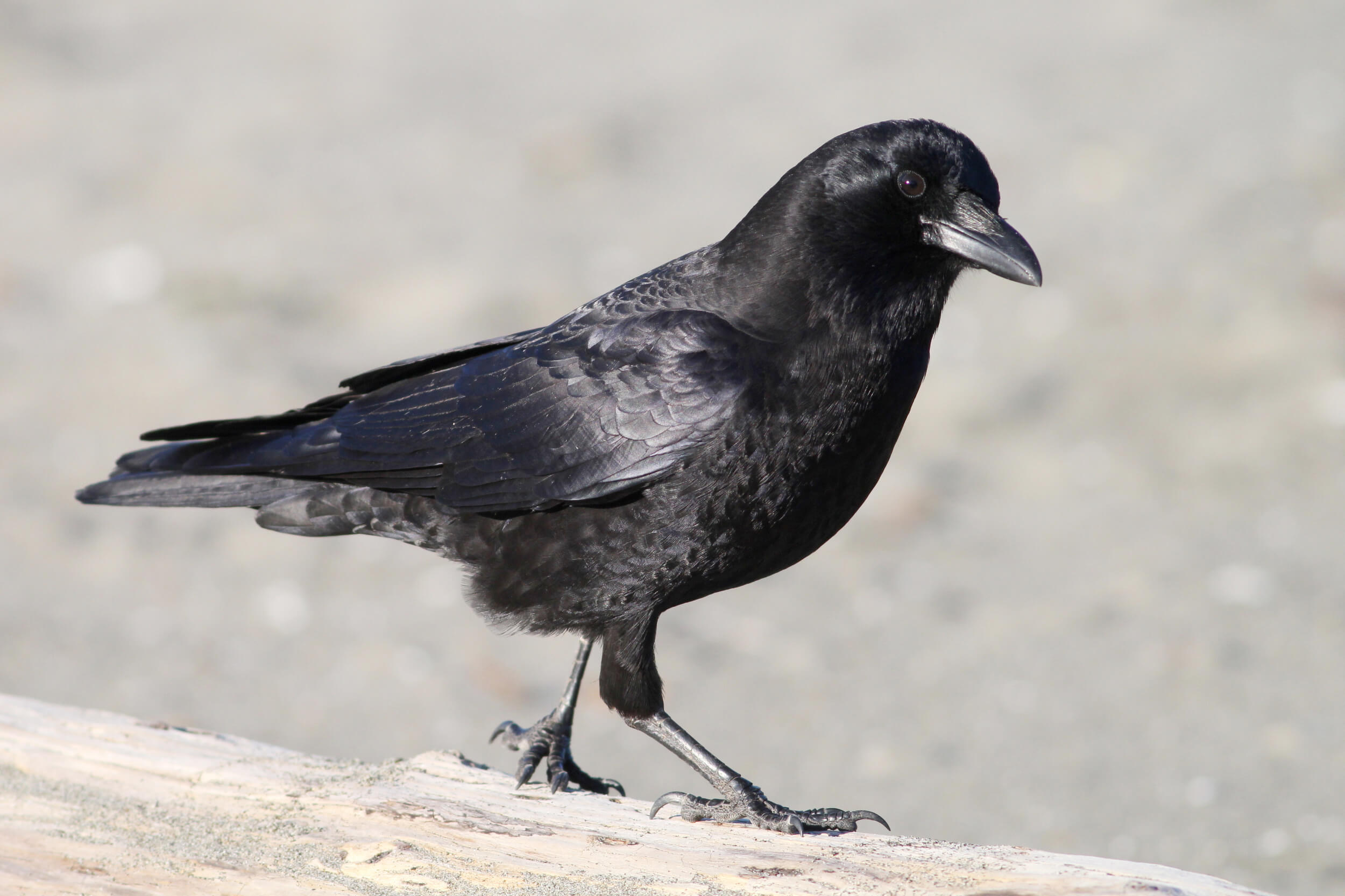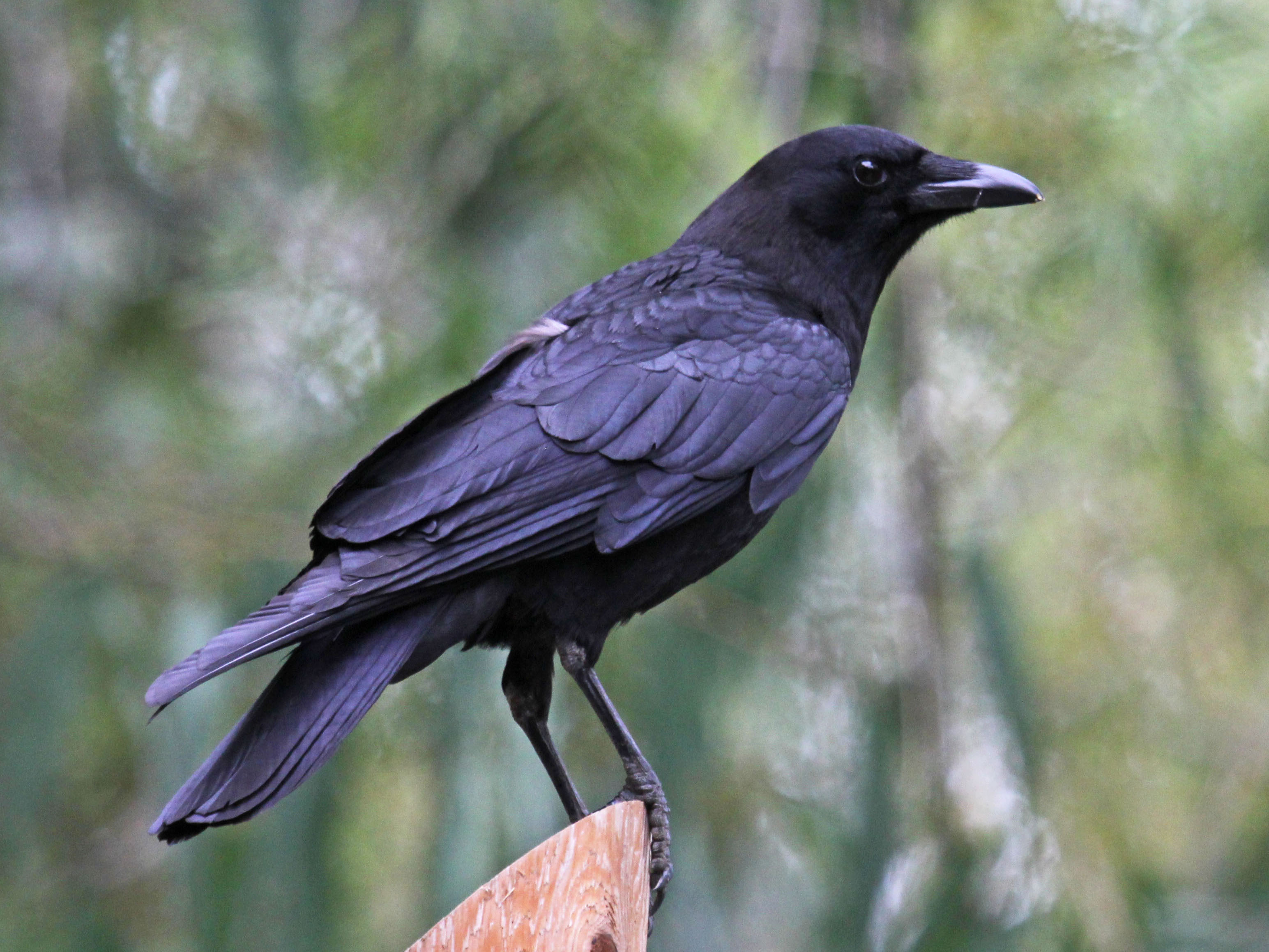
Unmapping the Sacred: Journey Through the Bighorn Country, Heart of Apsáalooke Land
Forget the sterile lines on a government-issued map. To truly understand the Crow Nation’s traditional lands, known by the Apsáalooke as "Our Home," one must journey not just across miles but through layers of time, spirit, and an enduring connection to the earth. My recent expedition into the Bighorn Country, specifically focusing on the Bighorn Canyon National Recreation Area and its surrounding landscapes, offered a profound re-education in what it means for a people to belong to a place, and for a place to embody a people. This isn’t just a scenic drive; it’s an immersion into a living map of heritage, resilience, and breathtaking natural wonder.
The Bighorn Country, sprawling across what is now southeastern Montana and northern Wyoming, is a land of dramatic contrasts: towering crimson cliffs, vast open prairies, dense pine forests, and the emerald ribbon of the Bighorn River carving its way through it all. It’s a landscape that pulses with the spirit of the Apsáalooke, the Children of the Big-Horned Mountain Sheep. For centuries, this was their spiritual heartland, their hunting grounds, their refuge, and the stage for their vibrant culture.
The Canyon’s Embrace: Bighorn Canyon National Recreation Area

My starting point, and perhaps the most visually stunning segment of this journey, was the Bighorn Canyon National Recreation Area. This immense natural wonder, created by the Bighorn River carving through the Pryor Mountains, stretches for over 70 miles, with canyon walls plunging up to 1,000 feet to the water below. While the modern recreation area is managed by the National Park Service and includes the Yellowtail Dam, its very existence is inextricably linked to the Crow people. The dam, built in the 1960s, created Bighorn Lake, inundating sacred sites and traditional territories, a poignant reminder of the complex relationship between progress and preservation, and the enduring impact on indigenous communities.
Approaching the canyon from the Montana side, near Fort Smith and the Crow Agency, the landscape initially appears as rolling plains, dotted with sagebrush and juniper. Then, without much warning, the earth simply drops away. The views from overlooks like Ok-A-Beh and Devil’s Canyon are nothing short of spectacular. Here, the sheer scale of geological time becomes palpable. Layers of sandstone, limestone, and shale, painted in hues of red, orange, and ochre, tell a story millions of years in the making.
But for the Apsáalooke, the canyon walls tell a different, deeper story – one of origin, ceremony, and survival. This was a place of vision quests, where young warriors would seek guidance from the spirits. The Pryor Mountains, which form the western wall of the canyon, are particularly sacred, home to wild horses believed to embody the spirits of ancestors, and a place where medicinal plants still grow in abundance. Hiking trails like the Sullivan’s Knob trail offer panoramic views and a chance to truly feel the immensity of this place. As you ascend, the wind whispers through the sparse pines, and it’s easy to imagine the generations who have walked these paths, their prayers carried on the same breezes.
Boating on Bighorn Lake is another essential experience. The water, a startling turquoise against the red cliffs, invites exploration. Paddling a kayak into quiet coves, or taking a motorized boat to the remote reaches of the canyon, you gain a unique perspective on its grandeur. The silence, broken only by the lapping of water against the hull or the cry of an eagle soaring high above, is profound. Wildlife thrives here: bighorn sheep clinging to impossible ledges, wild horses grazing on plateaus, deer, and a myriad of bird species. Each creature is a thread in the rich tapestry of this ecosystem, a system that the Crow understood and respected long before any cartographer drew lines on paper.

The Lifeblood: The Bighorn River
Below the dam, the Bighorn River transforms into a world-renowned fly-fishing destination. Its cold, nutrient-rich waters support an incredible population of rainbow and brown trout. Standing knee-deep in its gentle currents, casting a line into the clear water, provides a meditative connection to the land. But even here, the experience is imbued with history. The river, the "Ammalapáash," or "Big Horn" to the Crow, was their central artery. It provided water, sustenance, and pathways for travel. Its bounty sustained their communities, and its rhythms dictated their lives. Fishing here isn’t just a sport; it’s a participation in an ancient relationship between people and river.
Crow Agency: The Living Heart of the Nation
To truly grasp the Apsáalooke perspective, a visit to Crow Agency is indispensable. Located just outside the recreation area, it serves as the tribal headquarters for the Crow Nation. While not a traditional "tourist attraction" in the conventional sense, it is the beating heart of the contemporary Crow Nation. Here, one can visit the Crow Tribal College, a testament to their commitment to education and cultural preservation. The Apsáalooke Nation Building houses tribal offices and often hosts cultural events.

The most vibrant expression of Crow culture occurs during the annual Crow Fair Celebration, usually held in August. This is not just a local event; it’s one of the largest powwows in the country, often dubbed "The Tepee Capital of the World." Thousands of tepees spring up on the fairgrounds, creating a city of canvas under the vast Montana sky. The air fills with the sounds of drumming, singing, and laughter. Dancers in spectacular regalia move with grace and power, horses thunder in parades and races, and families gather to celebrate their heritage. Attending Crow Fair is an unparalleled opportunity to witness the strength, beauty, and continuity of Apsáalooke culture firsthand. It’s a living map, drawn not on paper, but in the vibrant colors of their regalia, the powerful beat of their drums, and the joyful spirit of their people.
Even outside of Crow Fair, interactions with Crow people – perhaps at a local store or restaurant – offer glimpses into their ongoing life and connection to this land. Courtesy, respect, and a genuine interest in their culture are key. Asking questions thoughtfully and listening intently can open doors to deeper understanding.
Little Bighorn Battlefield National Monument: A Contested Landscape
A short drive from Crow Agency lies the Little Bighorn Battlefield National Monument, a place of profound historical significance for both the United States and the Lakota, Cheyenne, and Apsáalooke peoples. While often framed as "Custer’s Last Stand," the Apsáalooke have a complex and often overlooked role in the battle, serving as scouts for the U.S. Army. For them, it was not a battle against "Indians" but a strategic alliance against their traditional enemies, the Lakota and Cheyenne, who were encroaching on their hunting grounds.
Visiting the battlefield is a sobering experience. The white headstones marking fallen soldiers stand in stark contrast to the red markers indicating where Native American warriors fell. The monument now includes a powerful Indian Memorial, "Peace Through Unity," which offers a much-needed indigenous perspective on the conflict. It’s a place to reflect on the complexities of history, the devastating impacts of westward expansion, and the ongoing process of reconciling different narratives. For the Crow, this land is not just a battlefield; it’s a testament to their enduring presence and their difficult choices in a rapidly changing world. It’s a place that forces visitors to question the maps they’ve been given and to seek out the stories that have been marginalized.
The Pryor Mountains: Sacred and Wild

Beyond the immediate canyon, the Pryor Mountains Wilderness Area looms large, physically and spiritually. Much of this land is held sacred by the Crow and other tribes. It is a rugged, roadless expanse of limestone cliffs, deep canyons, and ancient forests. It’s home to the legendary Pryor Mountain Wild Horses, a genetically unique herd that has roamed these mountains for centuries, believed by many to be direct descendants of horses brought by the Spanish.
While much of the wilderness is challenging to access, even experiencing the distant views of the Pryors instills a sense of awe and respect. These mountains represent resilience, freedom, and a connection to a primeval past. They are a constant, powerful presence on the horizon, a reminder of the vast, untamed beauty that has shaped the Apsáalooke worldview for millennia.
Responsible Travel: Walking with Respect
Visiting Crow Nation traditional lands requires more than just an itinerary; it demands a mindful approach. Here are a few considerations for respectful travel:
- Educate Yourself: Learn about the Crow Nation’s history, culture, and current issues before you go. Resources from the Crow Tribal College or the Apsáalooke Nation are invaluable.
- Support Local: Whenever possible, support Crow-owned businesses, artists, and guides. Your tourism dollars can make a significant difference.
- Ask Permission: If you wish to photograph people, especially at events like Crow Fair, always ask for permission first. Respect their decision if they decline.
- Leave No Trace: Practice responsible outdoor ethics. Pack out everything you pack in, stay on marked trails, and respect wildlife.
- Listen and Learn: Be open to conversations, new perspectives, and stories that might challenge your preconceived notions. The Crow people are generous with their knowledge if approached with genuine interest and respect.
- Recognize Sovereignty: Understand that the Crow Nation is a sovereign nation with its own laws and governance. Respect tribal regulations and customs.
A Journey Beyond Maps
My journey through the Bighorn Country, the traditional lands of the Crow Nation, was a powerful reminder that true understanding of a place goes far beyond geographical coordinates. It’s about recognizing the deep, ancestral ties that bind people to the land, understanding their stories, celebrating their resilience, and respecting their enduring presence.
The maps of the Apsáalooke are not static documents but living narratives etched into the canyons, sung by the rivers, and danced on the prairies. They are carried in the hearts of their people, passed down through generations. To travel here is to begin to unlearn the colonial maps and to start seeing the world through a richer, more profound lens – one where every peak, every river bend, and every whisper of the wind carries a story, a history, and an invitation to connect with something truly ancient and deeply alive. This is not just a destination; it’s an education, a spiritual awakening, and an unforgettable immersion into the soul of a nation.


